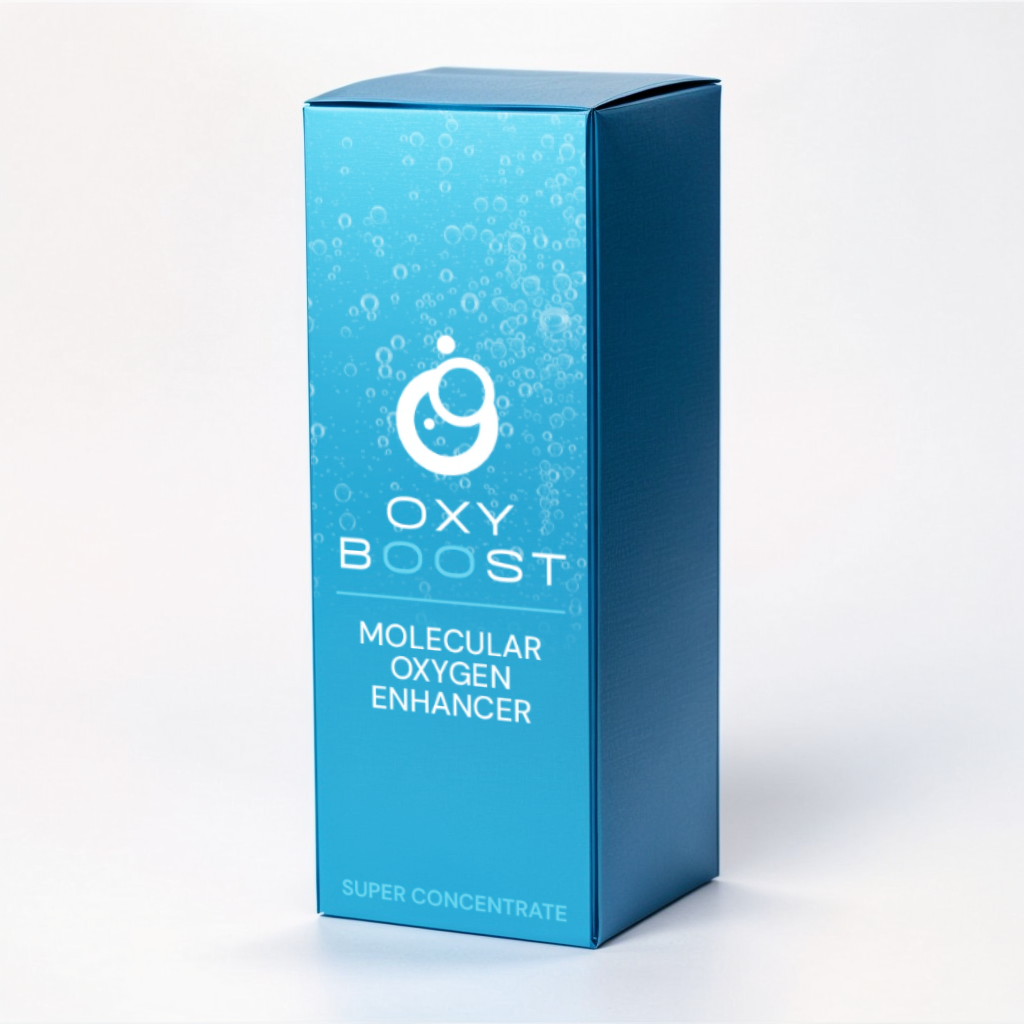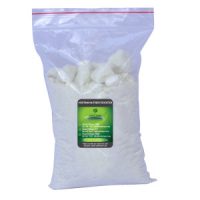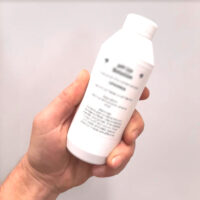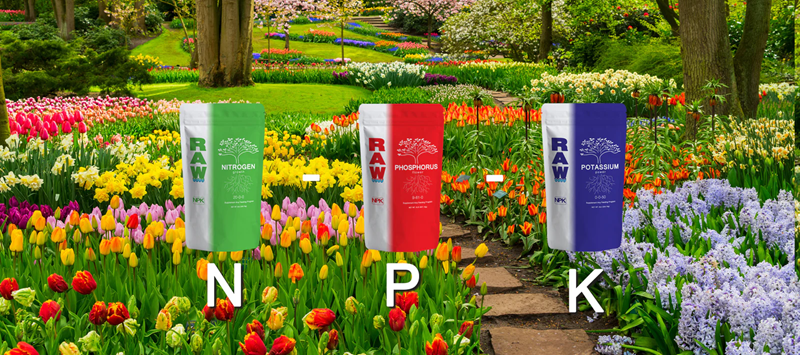Oxy Boost Oxygen Enhancer
R240.00
In stock
Description
Oxy Boost Oxygen Enhancer – a revolutionary O² enhancer, ideal for use in systems where highly oxygenated water is most beneficial. This state of the art technology effectively increases oxygen levels up to 600%
Size: 30ml liquid in dropper bottle, enough to treat 300lt of water. (2 drops per liter of water)
Increase dissolved oxygen in water by adding 2 drops of Oxy Boost per liter of water and then shake the water thoroughly. When used in hydroponic systems, the movement (falling into the reservoir) or aeration (using an air stone) of the water through the system will cause the water to oxygenate by itself. After about 5 days, or when foaminess on top of water depletes, Oxy Boost can be reapplied.
Oxy Boost Oxygen Enhancer is safe to use in fish tanks and aquaponics. Not for human, pet, or livestock consumption.
**************************************************************************************************
-
Cellular respiration: Microbes use oxygen to generate energy (ATP) through cellular respiration, just like humans do.
-
Nutrient cycling: Oxygen-rich environments enhance microbial nutrient cycling, such as nitrogen fixation, denitrification, and decomposition.
-
Organic matter breakdown: Microbes use oxygen to break down complex organic matter into simpler compounds, recycling nutrients.
-
Antibiotic production: Some microbes, like Streptomyces, require oxygen to produce antibiotics.
-
Symbiotic relationships: Oxygen-rich environments support symbiotic relationships between microbes and plants, like mycorrhizal fungi and legume-rhizobia.
-
Biofilm formation: Oxygen influences biofilm structure and function, affecting microbial attachment, detachment, and community composition.
-
Enzyme activity: Oxygen affects the activity of various microbial enzymes involved in nutrient cycling, decomposition, and other processes.
-
Microbial motility: Oxygen influences microbial movement and chemotaxis, helping them navigate towards nutrients and optimal environments.
-
Stress response: Microbes use oxygen to respond to environmental stresses, such as oxidative stress, heat shock, and osmotic stress.
-
Communication and signaling: Oxygen participates in microbial communication and signaling pathways, influencing community behavior and interactions.
-
Respiration: Roots respire, just like other plant tissues, using oxygen to generate energy (ATP) for growth and maintenance.
-
Nutrient uptake: Oxygen is necessary for the active transport of nutrients like nitrogen, phosphorus, and potassium into root cells.
-
Root growth and development: Oxygen promotes root elongation, branching, and root hair formation, enhancing soil exploration and nutrient acquisition.
-
Microbial interactions: Oxygen influences root-microbe interactions, including symbiotic relationships with nitrogen-fixing bacteria and mycorrhizal fungi.
-
Defense against pathogens: Oxygen helps roots defend against pathogens by supporting the production of antimicrobial compounds and activating defense genes.
-
Hormone regulation: Oxygen affects hormone balances, such as ethylene and auxin, which regulate root growth, development, and responses to stress.
-
Soil exploration: Oxygen-rich environments enhance root growth into oxygen-poor soil zones, improving soil exploration and nutrient acquisition.
-
Water uptake: Oxygen influences water transport across root cell membranes, affecting water uptake and plant hydration.
-
Cell wall formation: Oxygen is necessary for the formation and maintenance of root cell walls, which provide structural support and protection.
-
Signaling and communication: Oxygen participates in root-to-shoot signaling, influencing plant-wide responses to environmental cues.









